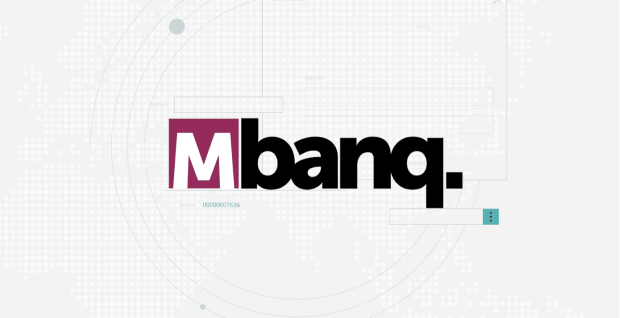An Insider’s Take on How Banks Can Tap BaaS for Growth

Banks are brands, but consumers care more about the brands they engage with on mobile apps or social media, Mbanq’s Vlad Lounegov explains — and why he says legacy banks must innovate fast to avoid having BaaS rivals eat their lunch.
Vladimir Lounegov, co-founder and CEO of Mbanq, shares with PYMNTS how FIs and brands can supercharge growth by introducing new embedded finance features with the right BaaS partners.
—
![]() During part of his 20 years as a banking consultant, Vlad Lounegov helped some of the largest banks in the world acquire other financial institutions (FIs) and build their portfolios of services. When the 2007- 08 global financial crisis struck, the mergers and acquisitions pipeline dried up and the entire industry refocused on efficiency.
During part of his 20 years as a banking consultant, Vlad Lounegov helped some of the largest banks in the world acquire other financial institutions (FIs) and build their portfolios of services. When the 2007- 08 global financial crisis struck, the mergers and acquisitions pipeline dried up and the entire industry refocused on efficiency.
Lounegov pivoted to technology as a profitability driver for banks, but payments innovations and new technology such as artificial intelligence and blockchain had not yet penetrated core banking. It turns out that when Lounegov founded Mbanq in 2017, he was in the right place at the right time. Starting as a technology company before shifting to software as a service, Mbanq is now driving the next great shift in financial services — Banking as a Service (BaaS).
“At the end of the day, we’re selling compliance as a service, lending as a service, everything critical to running banking operations, handling complaints and chargebacks. This is where we make most of our money,” he said. “The tech is important, but our biggest margins are made through services.”
Mbanq has already created and operates more than 50 banks, FinTechs and credit unions through partnerships with clients, creating value with a deep and growing technology stack that delivers embedded finance at scale. While the company works with credit unions and traditional banks, Lounegov said smaller and regional banks that are landlocked with geographical constraints face issues with lagging deposits. These barriers make it harder for local banks to expand lending offerings or grow beyond core banking.
Ultimately, banks are brands, Lounegov said, but people care more about brands they engage with on social media or via mobile apps than FIs. Therefore, BaaS platforms for brands and organizations have driven the lion’s share of Mbanq’s growth and also represent a wider opportunity for expanding use cases, which include early access to wages or payday advances.
Other use cases, including low-loss lending models that will be key as consumers wrestle with inflation through 2023, are more reliant on data and analytics that can be automated for reliable lending decisions. For brands, the prize goes beyond winning or retaining customers — BaaS brings a mountain of usable data to drive future products and services that build sustained growth. This will be an area that Mbanq looks to amplify on the platforms the FinTech is building this year.
“Brands spend so much money on market intelligence. Imagine how much market intelligence [BaaS] will give them?” Lounegov said.
Mbanq is also working with major professional sports leagues and teams around the world that are aiming to monetize their fan bases and tap consumer data for more predictable decisioning and to complement their existing market research. In addition, Mbanq works with Ivy League institutions and other colleges and universities to help them capitalize on the trove of data they keep on each student and to maintain stronger financial ties with alumni, who are key to development goals.
As FIs and brands wrestle with the evolving embedded finance landscape, figuring out BaaS for their specific situations is a must to stay competitive, especially for those FIs whose innovation game has grown stale.
“The biggest problem we run across is the systems that incumbent banks and core banking providers use,” Lounegov said. “They haven’t really innovated enough over a long period of time, so what happens when we roll out BaaS is the new technology starts to cannibalize business from the legacy core, and you see the legacy business become smaller in comparison.
“If these legacy core providers don’t innovate fast enough, BaaS will eat their lunch.”

